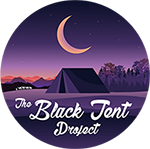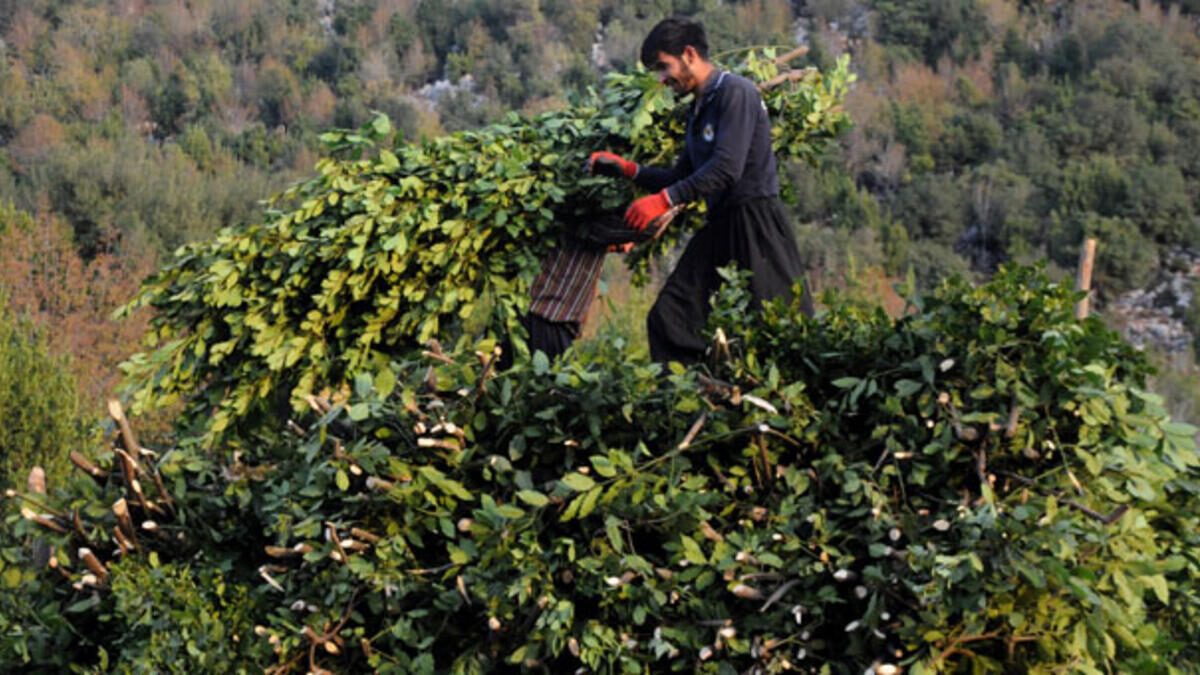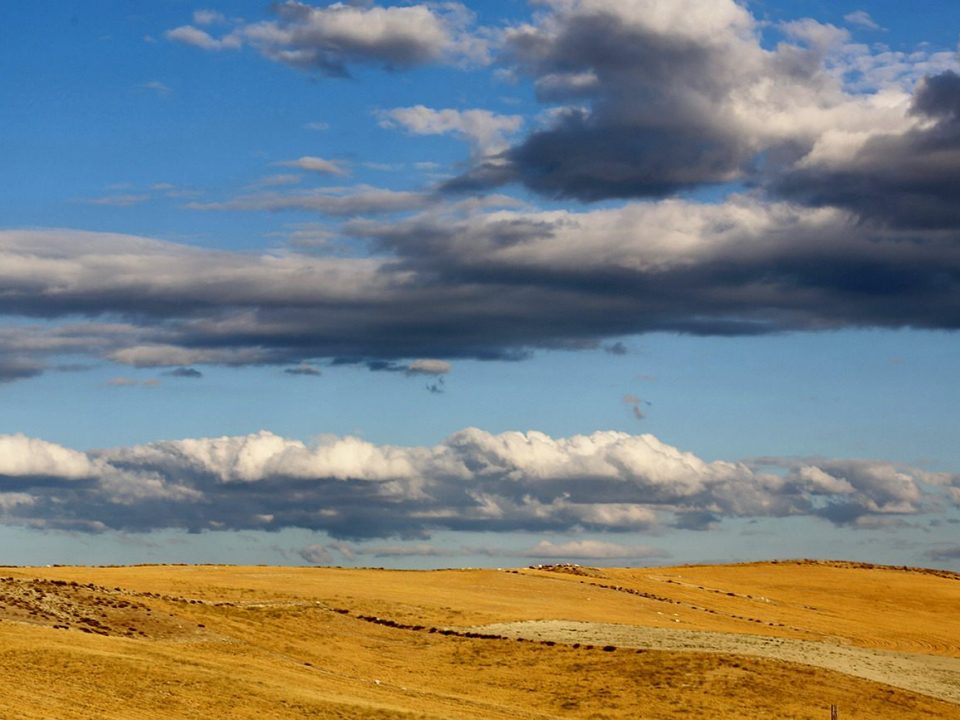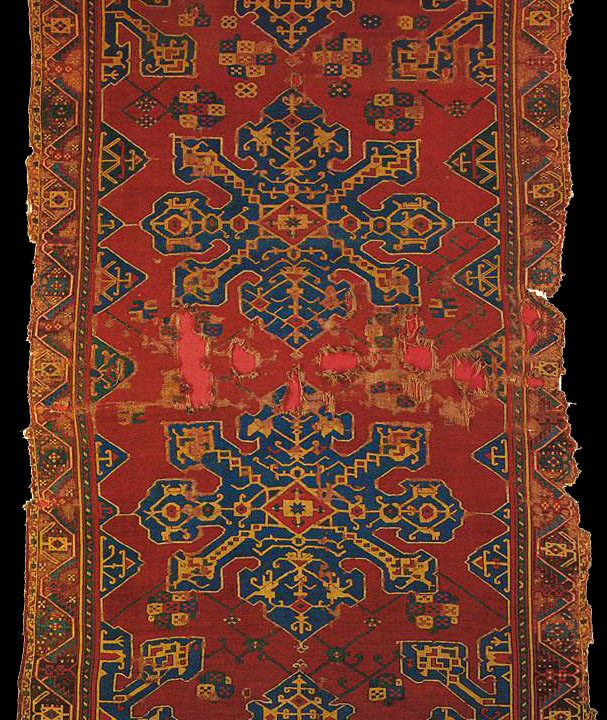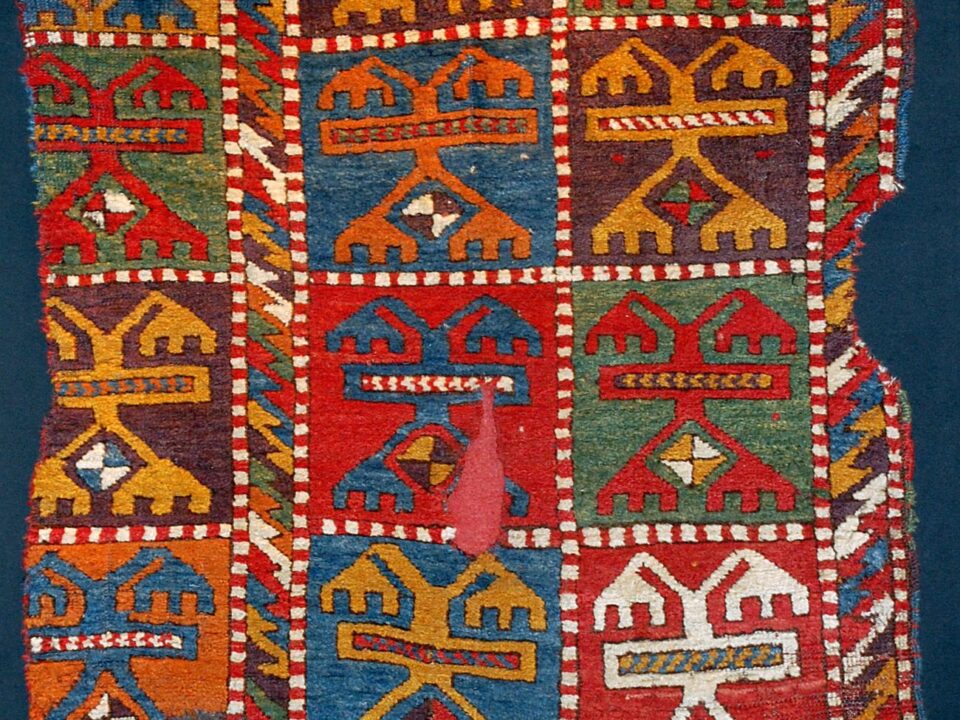
Hand-Weavings Belonging to The Nomadic Culture
November 17, 2020
The Properties of Turkish Nomadic Black Tents
November 17, 2020The Nomad Way – Turkey has one of the most diverse floras of the Mediterranean Basin. The trekking route situated from south to north has a multitude of vegetation groups that change according to the altitude and the distance to the sea. The trekker and hiker who will cross the Nomad Way – Turkey will have more than easy times if they know and beneficially use the flora.
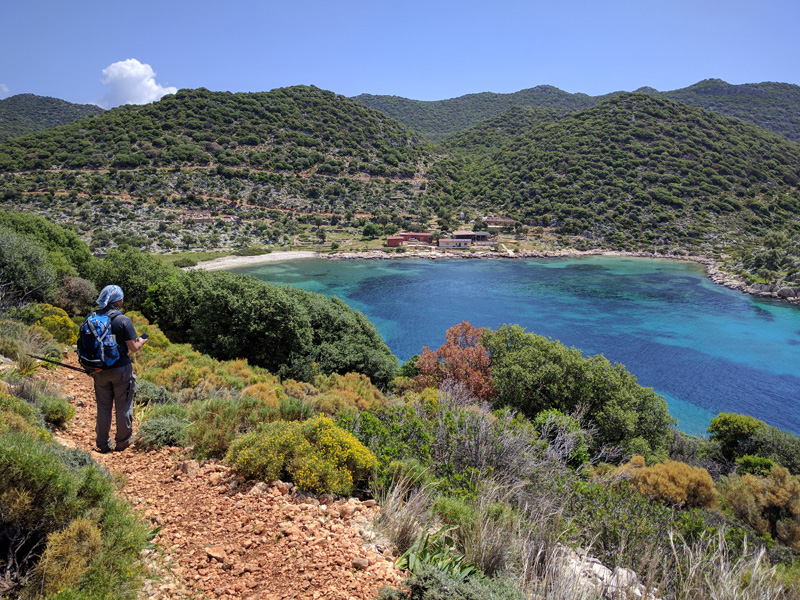
Lowlands of the Nomad Way – Turkey
The first level of the flora in the area is maquis, bushy plans that grow until an altitude of 700 meters. The trekkers can benefit from the aromatic plants such as thyme, oregano, rosemary, lavender, and laurel to season their meals and also use their medical properties such as healer of flu, or pain reliever for the stomach.
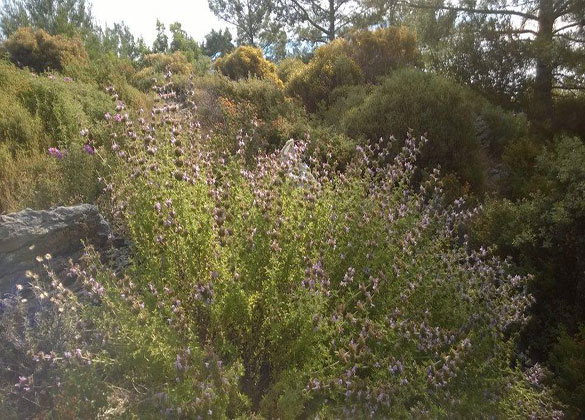
Thyme bush, a real stomach doctor
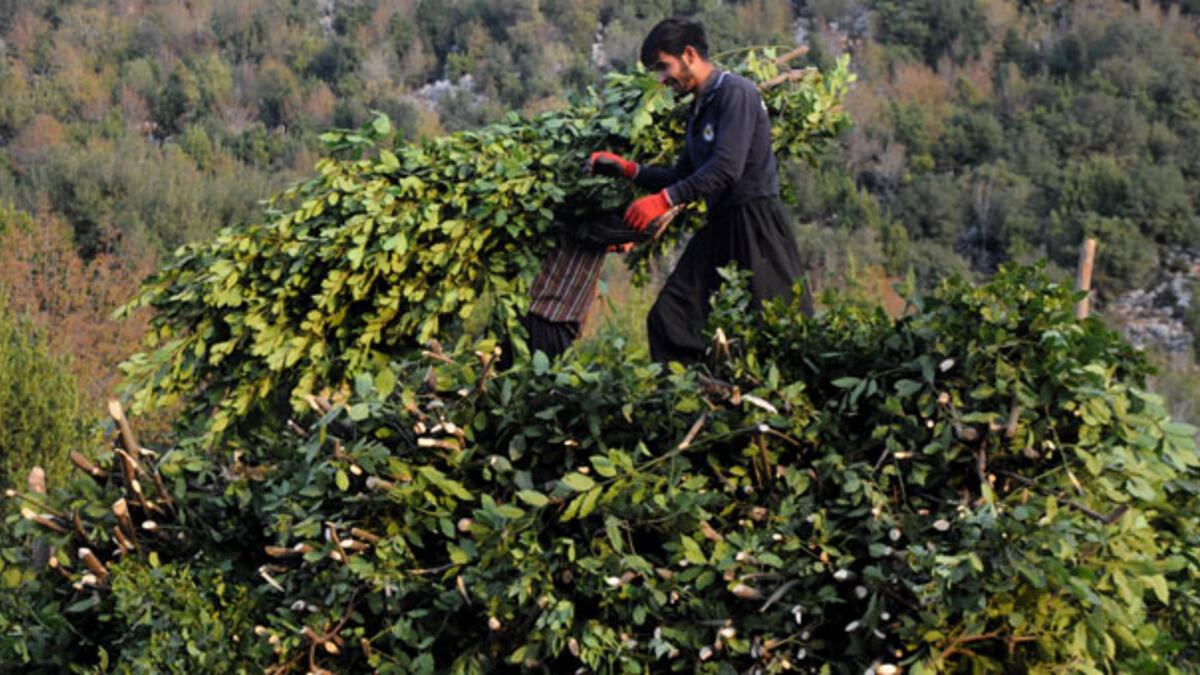
A villager collecting laurel , Southern Turkey
The wood to make fire either for heating up or for cooking could have high calorific values and a little amount of soot otherwise the meals can smell bad because of semi-burned materials and excess of soot in the woods used to burn. At that point, the best wood to use is holly oak/holm oak/ilex which is a very durable bushy oak species. One can also make very durable handles for small trekker axes and similar materials. But because its density is extremely high, this tree is not suitable to make a walking stick. The wild pistachio trees have also the same properties and also wild pistachio seeds that can be eaten in October.
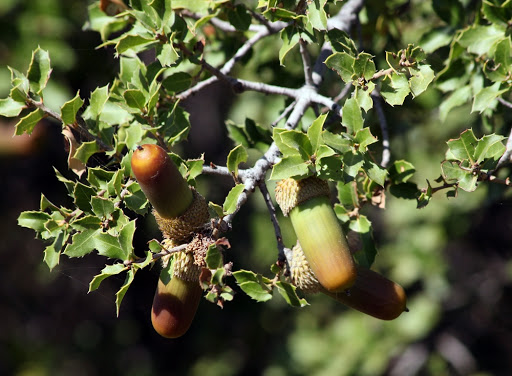
Holm Oak bush a very suitable wood to make fire
Another exotic fruit that can assuage one’s hunger is the carob. Carobs are generally mature towards the end of August but can be found in local markets in all seasons. Other local products that can be found in local markets or villages houses to be bought from are is salted black olives as well as olive oil. Very good as an energy booster should be avoided to consume excessively because it will make the person very thirsty during the digestion. Other wild fruits to eat during the trekkers’ journey are thorn apple which is mature in October and wild pears which are eatable in June. There are also a lot of grapevine plants around the villages that the trekkers of the Nomad Way Turkey can eat as much as they want without asking the generous owners in the villages. Turkish people love to serve food to travelers, a very old tradition.
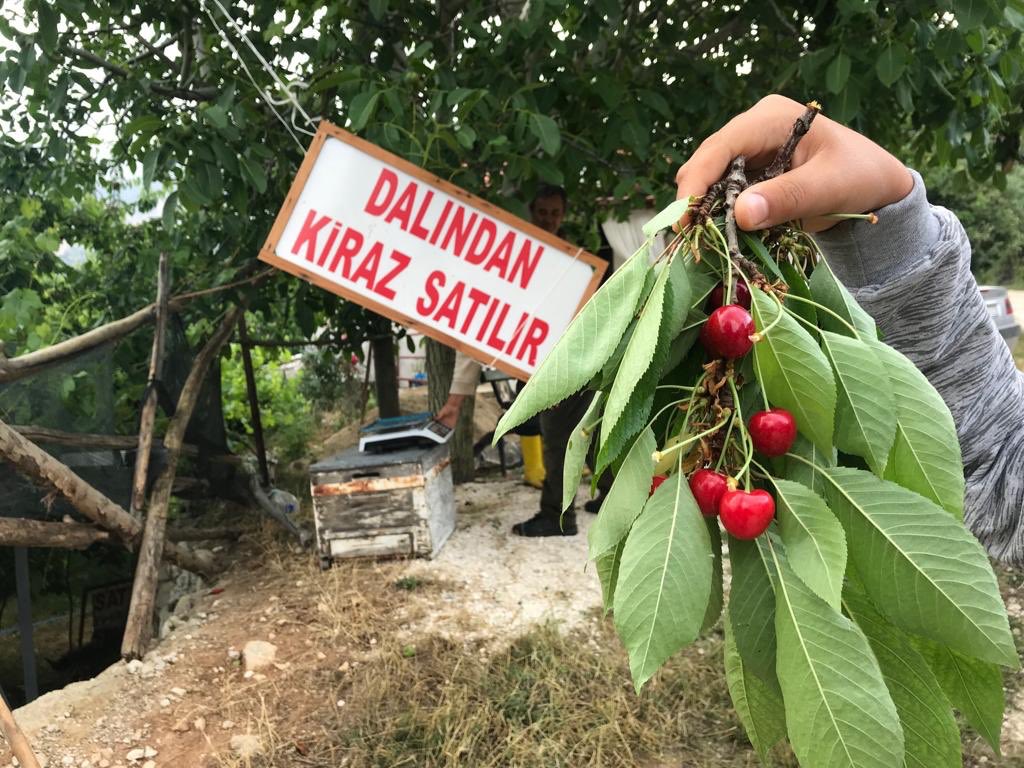
“Cherry sales from the branch” Gömbe, Antalya South Western Turkey 2018
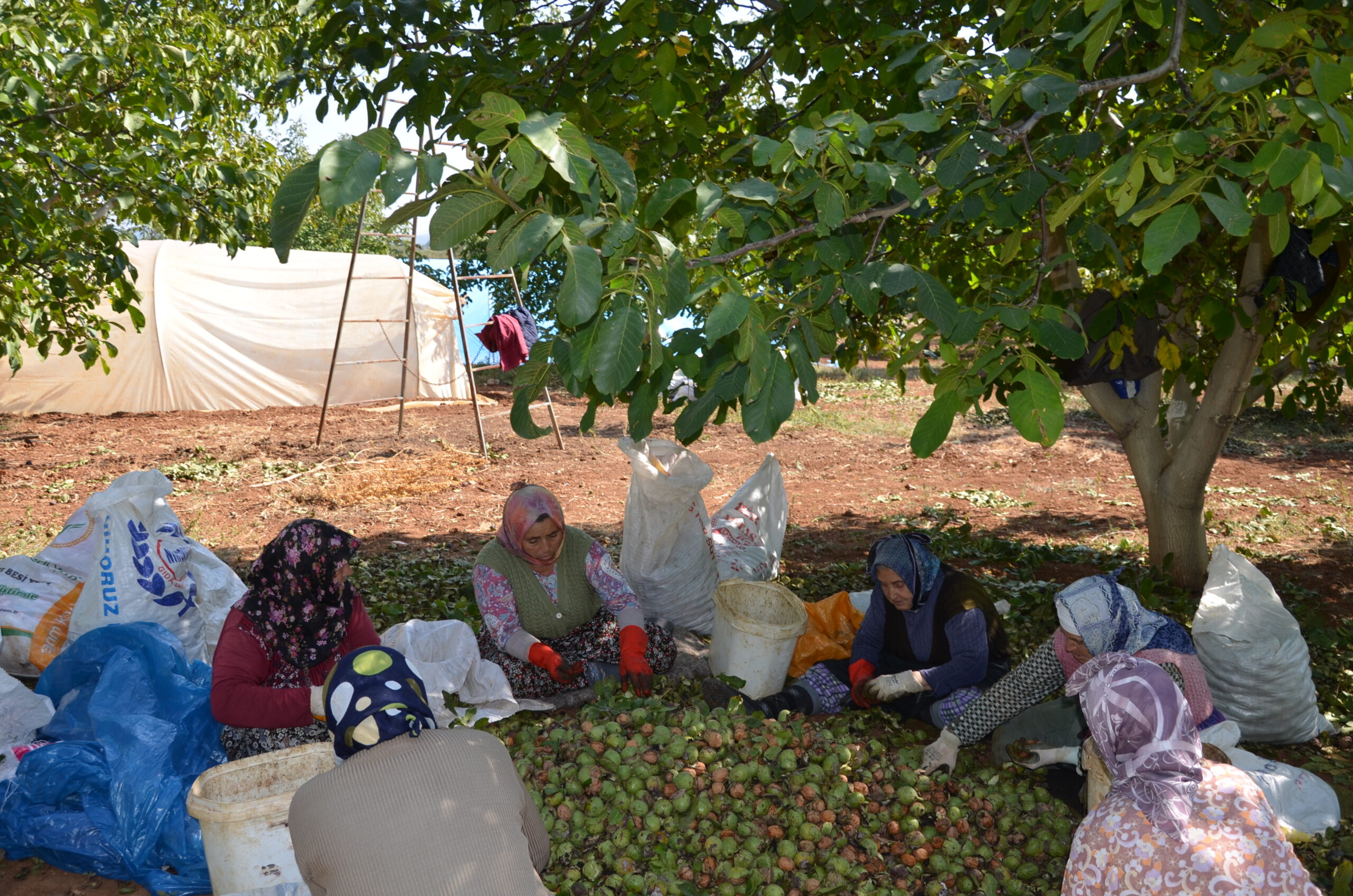
Walnut harvest, Gömbe, Antalya, South Western Turkey, 2016
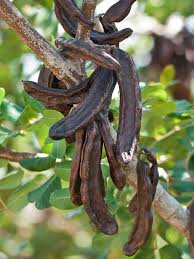
Carob
The second flora layer is pine forests. The pine cones and pine tree branches are very good combustible materials, but they have a lot of soot in themselves. Another property of the pinewood is that it doesn’t resist the long time fires and burn up easily. On the other hand, the resin of the pine tree is a very powerful antiseptic material that can be used as antiseptic cream if needed. The local people around the Nomad Way Turkey produce very good quality honey from pine, cedar, and juniper trees. The taste is delicious, it has a lot of medical properties and also it has very reasonable prices.
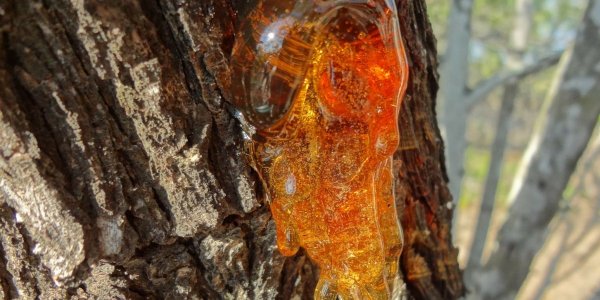
Pine resin which is antiseptic for the open wounds
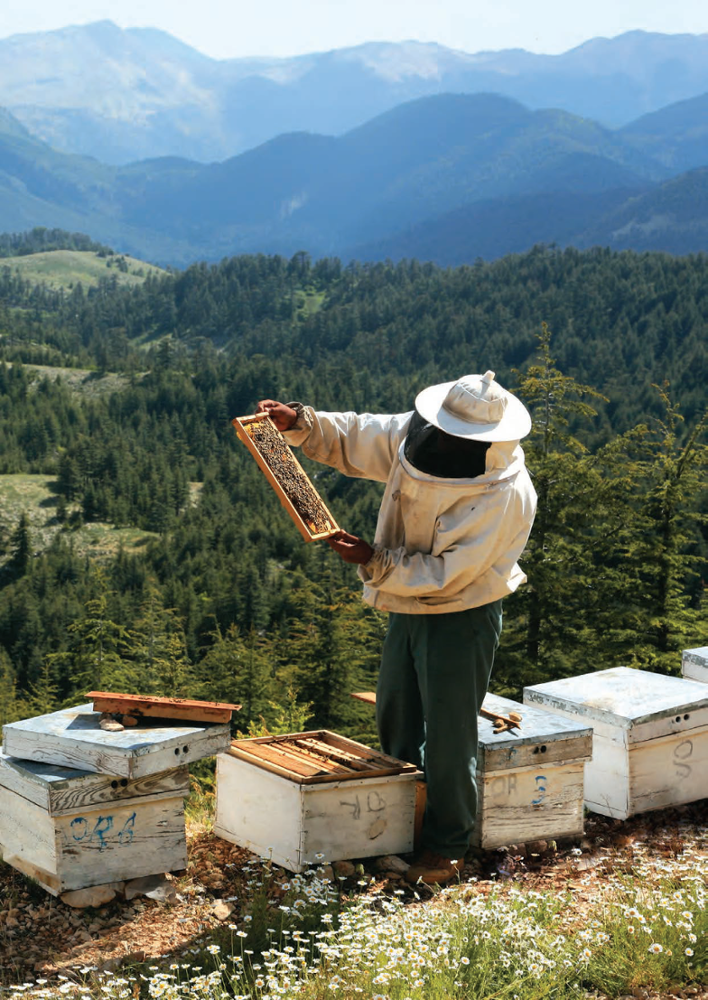
Pine honey is a true health source
Wild onions and garlic are other herbs to be eaten, immune system protectors, and also very delicious when eaten with cheese, or with other materials in a sandwich.
The areas above 1600 meters have more effects from the steppe climate so the fruits around are the ones more often found in inner areas of the country. The walnut is one of them. Also, the high-quality and juicy apples of the area are country-wise well known. Both fruits can be found in local village markets and very small groceries in the villages after on the 15th of September for several months. Another famous fruit of the area is cherry. Cherries can be found in the area around June.
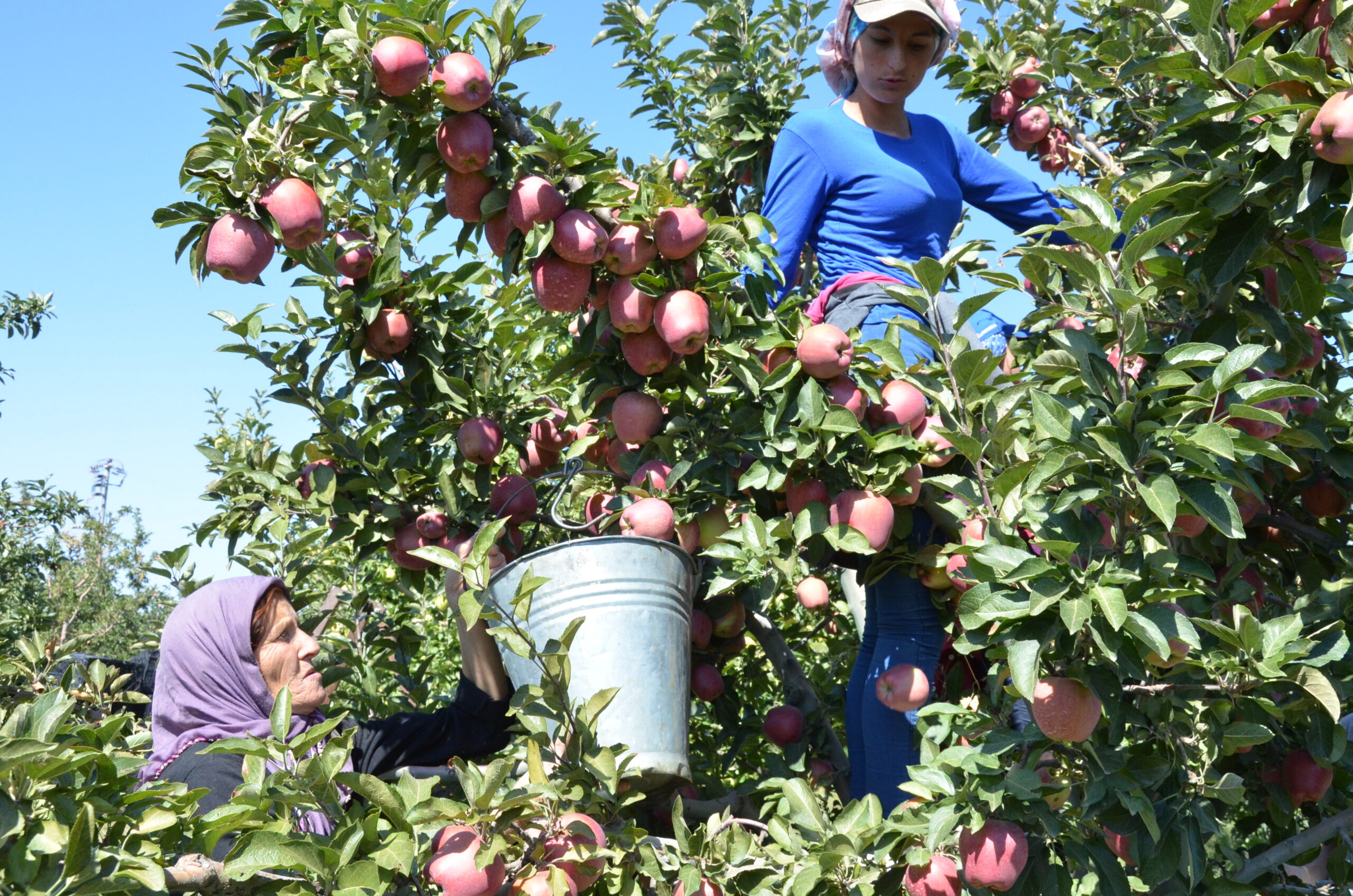
The harvest of the famous apples of the high lands in Western Taurus Mountains, Antalya, South Western Turkey, 2019
During the whole winter season, from the sea level until the levels of 1600 meters wild chards, mallows, and patience plants can be found and can be eaten crude or cooked.
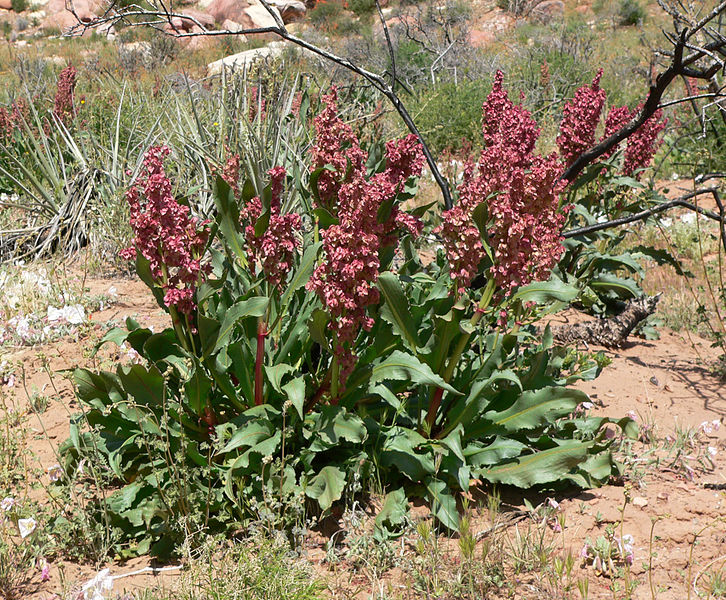
Patience
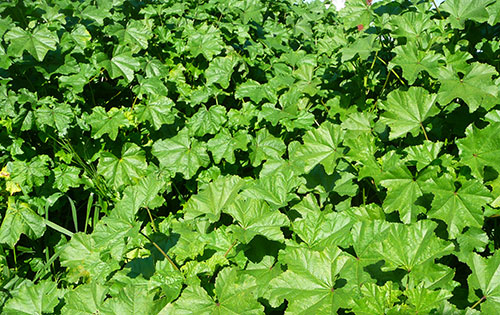
mallow
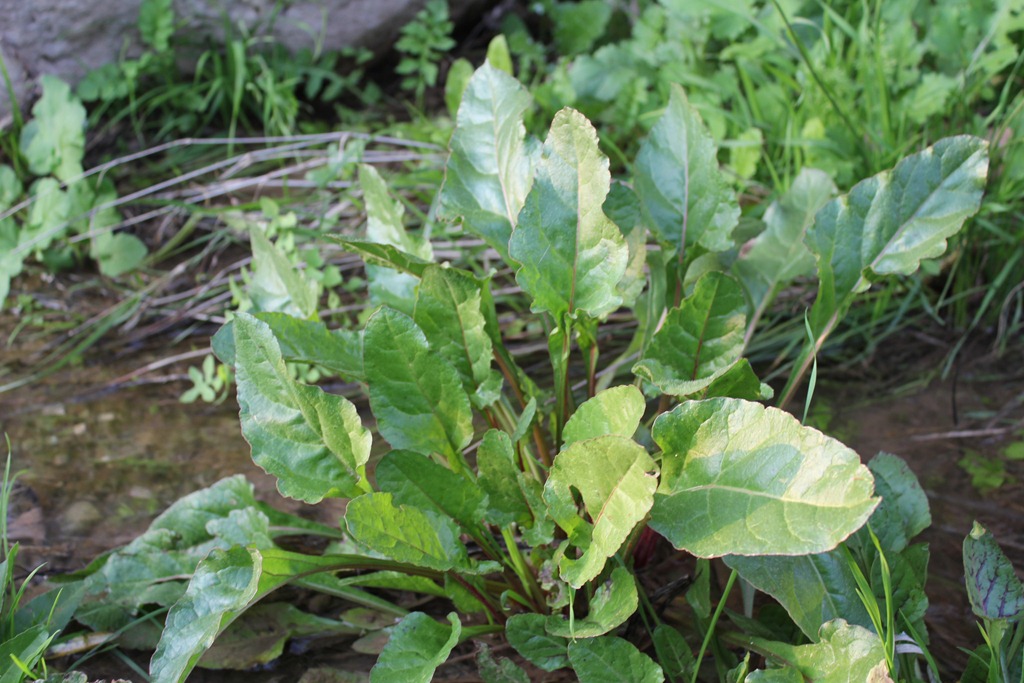
wild chard
The area is like an open buffet and free restaurant, a spice shop, a pharmacy, a grocery, and a hardware shop for knowledgeable people. The wise trekkers will benefit from all of the services that the mother-nature provides us. Won’t you benefit from them? Enjoy!
